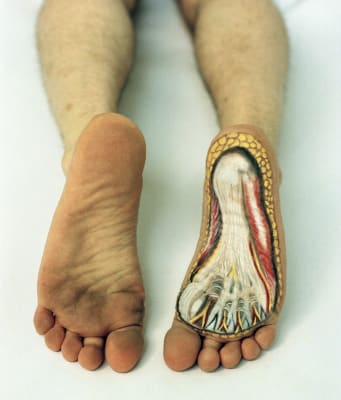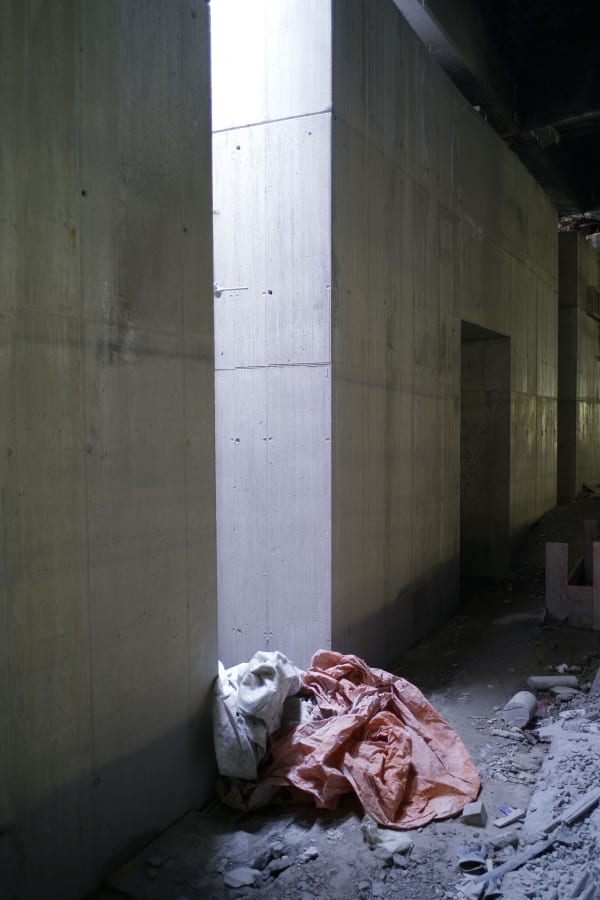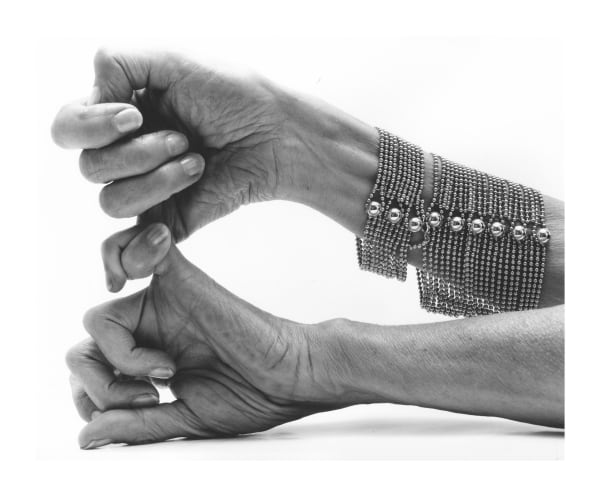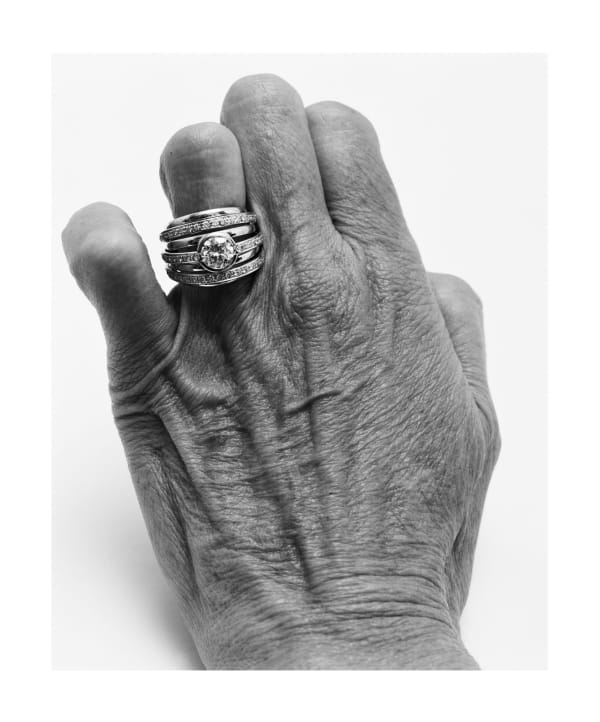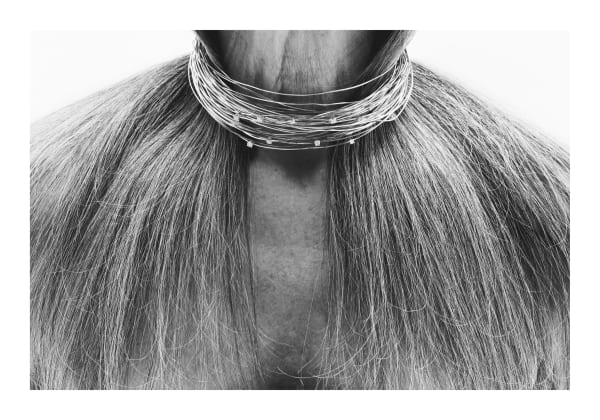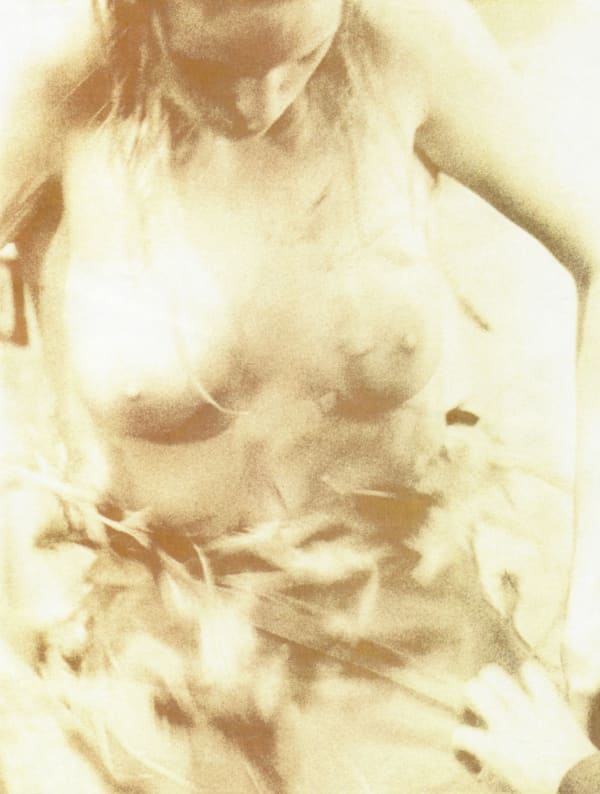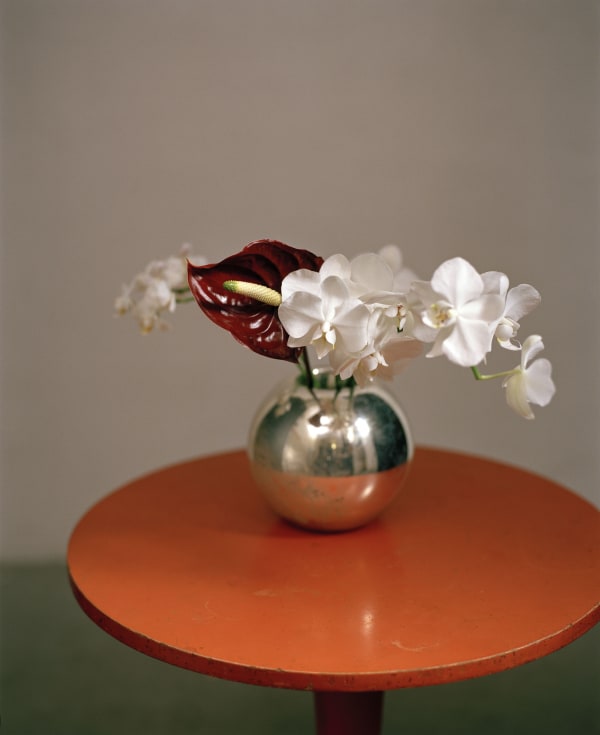Campeche is pleased to announce Elfie Semotan: Color y Carne / Color and Flesh, the artist’s first presentation in Mexico. Elfie Semotan (b. 1941 in Wels, Upper Austria; lives and works in Vienna and Burgenland, Austria) is a renowned photographer who has produced an expansive oeuvre encompassing landscapes, still lives, nudes, portraits, fashion photographs, and conceptual works over the past 50 years. Best known as the grand dame of Austrian photography and her extensive fashion photography career, Semotan is recognized for her ability to merge reality and fiction and dissolve the borders between art, fashion, and life itself. While her work spans numerous genres, it is her acute consideration of the everyday, mundane aspects of reality that has become the defining characteristic of her work. Manipulating light, focus, and perspective, Semotan activates the interstices between candid action and staging to foreground individuality, authenticity, and mood in each of her images. She has stated that light is the most significant factor in her photography, arguing that “light plays a crucial role. It defines a form or dissolves it. Light produces a photo or it destroys it.”
Organized by independent curators Úrsula Dávila-Villa (Mexico City, Vienna and New York City) and Anna Stothart (New York City) Color y Carne features a selection of Semotan’s landscapes, portraits, and still lives spanning 1990 to 2020. The exhibition features works that embody Semotan’s emblematic approach to capturing texture in the form of light and flesh and compositional abstraction that includes framing and cropping techniques used to deconstruct the ordinary. Along with these principles, selections in the exhibition illustrate Semotan’s penchant for engaging art historical references in her photography–her Anatomy of a Print series inspired by an artistic anatomy book, the black-white images inspired by the American artist John Coplans featuring body parts of a late career model, and a portrait of fashion designer Helmut Lang that borrows compositional arrangements from Medieval paintings.
-
Large-scale photographs in the exhibition present two of Semotan’s favorite subjects: landscapes and still lives. For such compositions, she directs her camera at commonly overlooked scenes and inconspicuous quotidian objects that she elevates to the level of photographic subject conveying a specific tenor. O.T. (Still life), Wien (2013/2022), is part of a visual essay Semotan created during the construction of Wien-Mitte, a multi-functional train station and the largest inner-city project to be constructed in Vienna. In o.T. (Still life), Wien, a pile of pink and white fabric spills from a break in the concrete wall. The scene is marked by a dramatic shift in light that spills from the opening into the darkened space. For Semotan, the key is to capture a certain atmospheric density that is heightened by the spontaneity and quiet randomness of particular constellations of objects, forms, and shadows. “As a photographer you always want to preserve a moment for eternity,” Semotan explains, “however, I think it is much more important to quite deliberately shape the moments that you find. Even if you’re photographing a landscape, you can shape and mold it by allowing time to pass and waiting to see how the subject changes.”
Semotan graduated from the Hetzendorf Fashion School in Vienna, Austria in 1960 where she studied fashion design. Due to the modest scope of the fashion industry in Austria, Semotan moved to Paris where she worked as a model and began to experiment with photography, under the tutelage of Canadian artist John Cook. She returned to Vienna in 1971 where she collaborated on two films, Ich schaff’s einfach nimmer zusammen and Portrait of a Model, formally began her career as a photographer, and married Austrian artist Kurt Kocherscheidt. By the mid-1970s Semotan had risen to prominence for her style-defining advertising campaigns for Römerquelle (a mineral water) and her billboard series for Palmers (lingerie), which shaped the Austrian fashion and commercial scene. During the 1980s, Semotan’s fashion and portrait photographs were featured throughout the world in magazines such as Glamour, Interview, Marie Claire, Vogue, Esquire, and Elle. It was during this time that she met Helmut Lang and began their long-time collaboration. In 1994, Semotan moved to New York City where her international career flourished. During 1996 and 1997 she collaborated on several projects with her then husband Martin Kippenberger (until his passing). She has photographed prominent figures in art, film, and theater, such as Louise Bourgeois, Willem Dafoe, Meryl Streep, Maria Lassnig, Benicio del Toro, Julian Assange, and Udo Kier, among others, cementing her reputation as a master at portrait photography that candidly and empathically depicts individually in her subjects. Semotan continues to photograph commercially and privately, exhibiting her work internationally in museums and galleries.
-
-
-
 Untitled (Still-life with Self portrait), New York, 2016/2022Archival pigment print on washi paper (AWAGAMI Koso Thick White 110g)60 x 88cm
Untitled (Still-life with Self portrait), New York, 2016/2022Archival pigment print on washi paper (AWAGAMI Koso Thick White 110g)60 x 88cm
23 5/8 x 34 5/8 in -

-
 Malgosia Bela, BGLD, 2020/2022Archival pigment print on Hahnemühle Photo Rag Ultra Smooth paper60 x 80 cm
Malgosia Bela, BGLD, 2020/2022Archival pigment print on Hahnemühle Photo Rag Ultra Smooth paper60 x 80 cm
23 5/8 x 31 1/2 in -

-
-
 Courtesy Studio Elfie Semotan ©️Elfie Semotan
Courtesy Studio Elfie Semotan ©️Elfie Semotan -
Other Available Works
-
Curator Talk
Radicalidad y Permanencia En Legados Artísticos: Cecilia Vicuña, Elfie Semotan y Lorraine O´GradyJoin us for an in-depth conversation with independent curators, Úrsula Dávila-Villa and Anna Stothart, as they discuss strategies behind estate managing and legacy planning for artists, Lorraine O’Grady, Elfie Semotan, and Cecilia Vicuña. Over the past few years, Dávila-Villa and Stothart have gained recognition for working closely with artists, estates, and foundations, on strategic planning surrounding archives, inventory management, and studio logistics, as well as the collaborative planning and execution for major institutional exhibitions, including O’Grady’s career retrospective at the Brooklyn Museum (2021); Vicuña’s participation in the Venice Biennale, The Hyundai Comission at Tate Modern’s Turbine Hall, and a career retrospective at the Solomon R. Guggenheim Museum (all 2022); and Semotan’s career retrospective at the Kunst Haus Wien (2021). -
